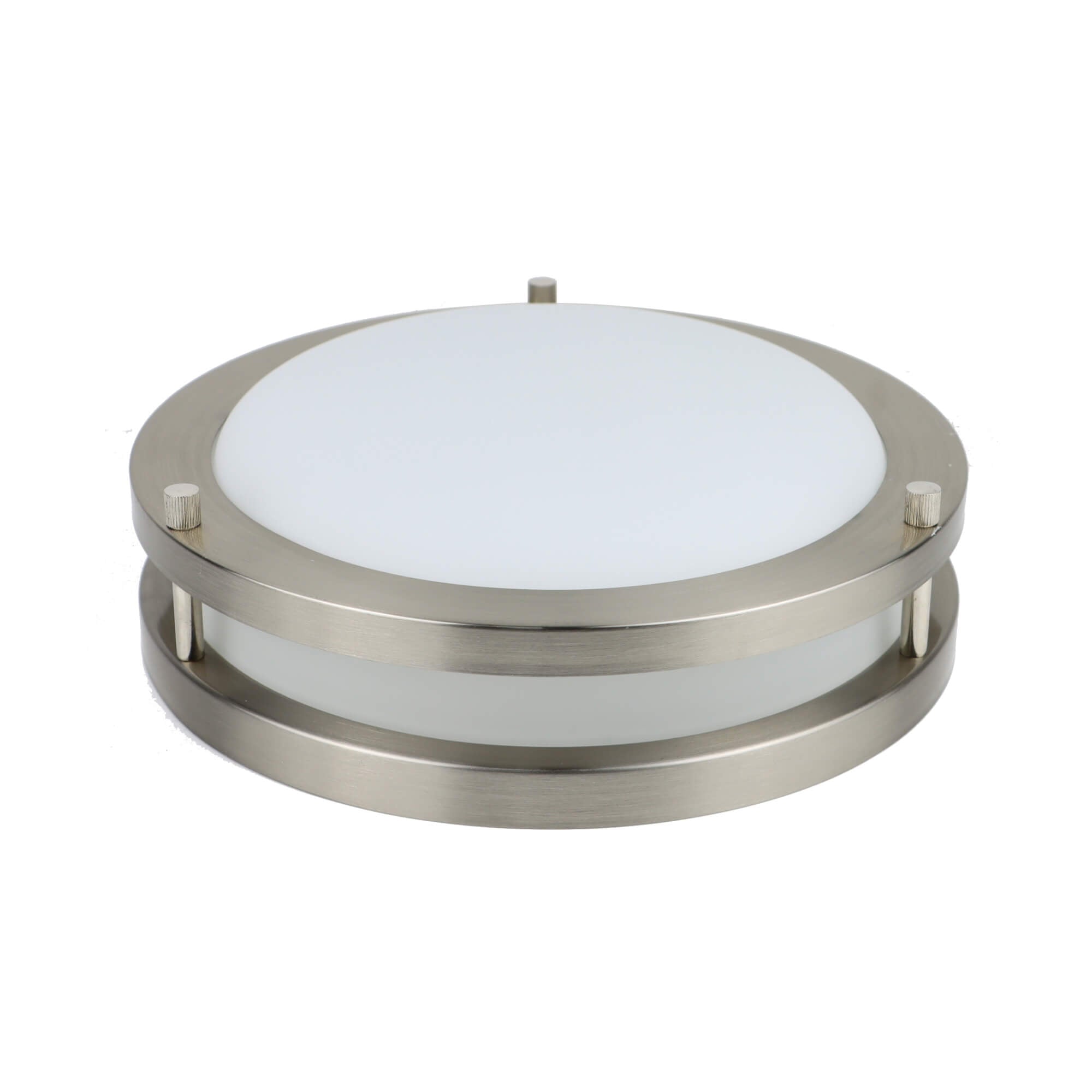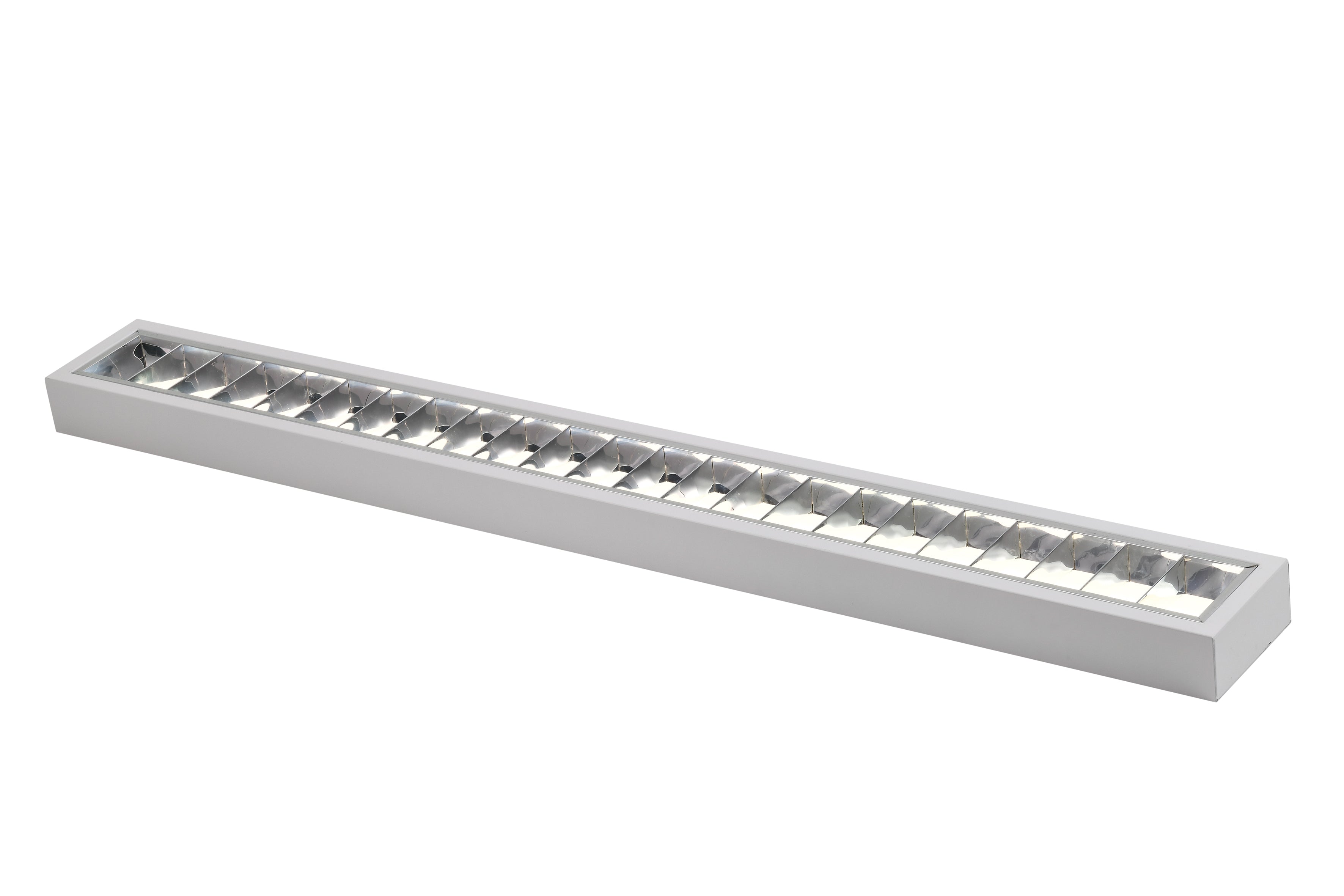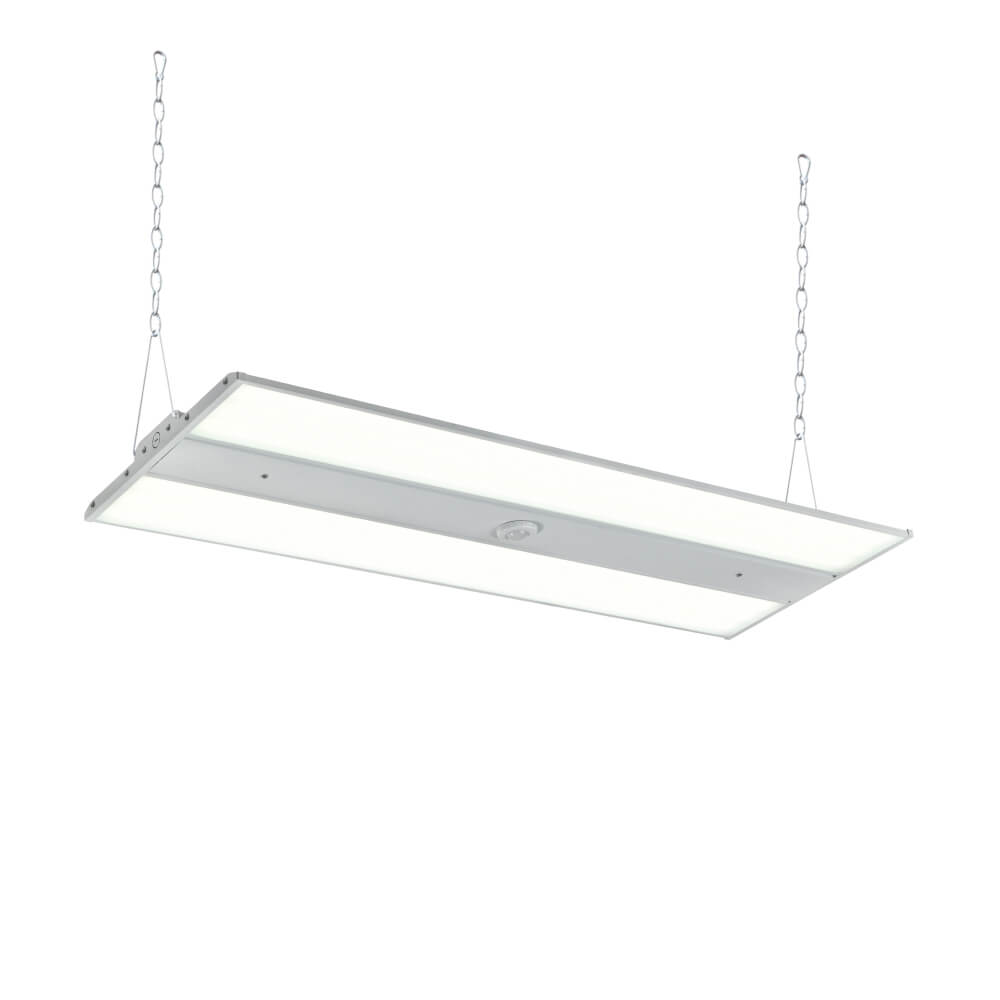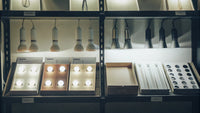Retail Lighting Best Practices: 6 Ways to Optimize Your Store’s Lighting Design Plan
Introduction
Quality lighting is one of the most important elements of any retail store's design. However, lighting should not be an afterthought - it requires careful planning to truly optimize the customer experience and promotional impact. With effective lighting strategies, retailers can attract more shoppers, prolong customer visits, and encourage sales.
Proper lighting helps customers better view merchandise and navigate the sales floor. It also creates an atmosphere that can make shopping feel enjoyable and influence mood. With these goals in mind, a retailer's lighting plan should be thoughtfully designed and implemented.
This article will list six best practices for optimizing a store's lighting design through strategic placement, fixtures, controls, and more. Covered will be the importance of natural lighting, illuminating merchandising areas, task lighting at service counters, using tunable lighting, ambient lighting, and automation for energy savings. When combined, following these practices can take a store's illumination - and in turn its business - to the next level.
1. Use Natural Lighting Whenever Possible
One of the most effective ways to light a retail store is by utilizing as much natural light as the space will allow. Natural sunlight has significant benefits over artificial sources. It enhances the visual experience by replicating how we evolved to see. Products displayed near windows and under skylights will appear brighter, clearer and more vividly colored.
Not only does natural light improve merchandising, it can also result in substantial energy cost savings. According to the Department of Energy, harnessing natural sunlight can reduce a store's lighting energy usage by over 50% on sunny days. This adds up to big benefits for retailers' operating budgets.
Some innovative natural lighting applications include:
- Floor-to-ceiling windows along busy streets allow daylight to flood interior spaces like HomeGoods uses.
- Clerestory windows near high ceilings admit light deeper into stores like at REI.
- Skylights bring sunlight from rooftops down to core areas as seen at Target.
- Light shelves bounce daylight farther inside by reflecting it onto ceilings like at Apple stores.
When designing a space, retailers should prioritize windows, maximize ceiling height, and consider options like light shelves and clerestories. Even small amounts of natural light can boost the shopping experience while significantly cutting energy costs. It's a win-win that should absolutely be part of any store's lighting plan.

2. Create Well-Lit Merchandising Areas
Once natural light is maximized, the next priority is illuminating the areas where customers will be examining products up close. merchandise displays and fixtures deserve direct, flattering lighting. This allows shoppers to see colors, textures and details clearly so desirable items practically jump off the shelves.
Some effective merchandising lighting options include:
- Track lighting provides flexible, focused beams that can highlight specific products and still be easily repositioned as needs change.
- Cove lighting recesses fixtures above or beside shelves to wash merchandise in soft, shadow-free light from both sides.
- Pendant fixtures hung low over tables, mannequins and mobile racks showcase seasonal collections well.
- Pinspot lights target individual items or categories for extra luminance without creating hotspots.
Proper lighting levels at the 3 to 6 foot level where customers interact with goods is a hallmark of successful product presentation. Supplementing natural light in these areas with additional directed solutions creates an optimum visual environment for consideration and purchase. This pays off in higher conversion rates.
A clothing or home furnishings store might use cove and track lighting together, while a jewelry counter at a department store may be lit perfectly with pendants and pinspots. The right combination depends on the space and inventory—but the goal is always immersive merchandising.
3. Install Task Lighting at Service Counters
Any area where customers interact directly with sales associates requires precise task lighting. Counters for returns, customer service, cash registers and the like involve paperwork, screens, or product inspections that need clear, shadowless illumination.
Without targeted lighting at these stations, customers struggling to read fine print on receipts may become annoyed or errors could occur. Similarly, employees assisting customers will perform better and provide better service when they can also see critical details.
Some effective counter lighting options include:
- Under-cabinet fluorescent or LED strip fixtures provide glare-free light right where paperwork occurs.
- Swivel arm lamps with adjustable heads allow associates to direct light exactly where needed for each transaction.
- Recessed downlights positioned above and beside service counters wash the entire space uniformly.
Lighting in these areas should produce at least 50-70 footcandles. Hardware stores like Lowe's employ under-cabinet lighting, while bookstores often use swivel arm lamps at cash wraps. Proper task lighting improves the function and experience at counter stations for both customers and employees.
By illuminating service zones to recommended footcandle levels with the right fixtures, retailers optimize a critical touchpoint in the customer journey through the store. Task lighting is a small effort that can have a big impact on satisfaction.
4. Employ Color-Tuned Lighting to Highlight Products
While basic lighting creates an inclusive shopping environment, more targeted approaches can actually sell more products. Color temperature is one lighting attribute that influences our perception and purchasing decisions.
Installed in strategic places, lighting tuned to different parts of the visible spectrum can accentuate textures, surfaces and color variations to advantage. Warmer lighting generally enhances luxurious items while cooler light may make brights or basics pop more vibrantly.
For example:
Jewelry counters often use a warmer 2700-3000K to bring out gemstone sparkle and precious metal undertones.
Bookstore reading nooks leverage cozy 2500-2700K to immerse patrons in browsing titles.
Tech, toy and clothing areas may opt for a crisper 4000-5000K to brighten large sections of colorful product.
Tunable LED fixtures have made it simple and affordable to implement variable lighting atmospheres without rewiring. Programmable systems generate a range of correlated color temperatures to precisely match zones and moods.
More impactful lighting assists visual merchandising and increases chances customers walk away with that perfect splurge item. Color tuning creates atmosphere that subtly persuades purchase decisions throughout the store.
5. Provide Ambient Lighting for Navigation
In addition to strategically highlighting merchandise, overall ambient lighting is needed to facilitate customer movement throughout the selling space. Proper illumination of aisles and pathways makes navigation simple while fostering an inviting ambience.
Some ambient lighting fixtures to consider include:
- Recessed downlights or strips in ceilings provide uniform brightness at appropriate levels for traffic areas.
- Wall sconces or pendants along the perimeter avoid shadowy walls and boost luminance near fixtures on shelves.
- Track heads can wash columns, signs and other architectural elements from above.
- Fibercane or under-shelf fixtures emit a discreet glow to maintain visual separation of floors and walls.
The goal of ambient lighting is 30-50 footcandles with no dark spots. Hardware retailer uses recessed fixtures for an even coverage, while bookstores frequently choose overhead pendants near shelves.
Ambient illumination sets the overall pleasant experience, allows customers to easily read signs, and encourages exploration of all a store has to offer. Combined with feature lighting designs, it balances visual interest with simple navigation.
6. Use Timers or Sensors for Energy Savings
Maximizing energy efficiency has a dual benefit - it reduces operating expenses while aligning a retailer's image with sustainability. Automating lighting controls based on occupancy and schedules is a simple step towards both goals.
Options for smart lighting management include:
- Timers that dim or switch off perimeter/accent fixtures on set hours, such as after closing or 8pm.
- Occupancy sensors to leave ambient fixtures on low power except when movement is detected in an aisle.
- Daylight harvesting dims fixtures near windows as natural light waxes and wanes.
- Apps remotely turn groups of lights on/off according to opening hours or events.
Automation eliminates wasted energy from lights left blazing overnight. It also allows adjusting lumens tighter to the modeled design levels when traffic is low. Advanced solutions integrate with HVAC and other building functions.
Energy-saving controls prove their worth quickly through utility bill decreases, with paybacks of two years or less. As technology improves, the savings grow - helping retailers lead by example on sustainability in energy use.
Conclusion
By following these six recommended lighting best practices, any retailer can optimize the visual experience in their store and reap the business benefits that superior illumination enables. Natural light, well-lit merchandising, targeted task lighting, variable atmospheric tones, ambient flows, and energy-smart controls - when combined systematically - elevate shopping satisfaction and sales conversion.







